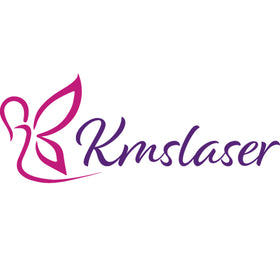Best Practices for Performing Safe Pressotherapy Sessions
Why Safety Should Be the First Step in Every Session
While Pressotherapy is widely known for being non-invasive and relaxing, safety and professionalism remain critical—especially in clinical or spa settings. Whether you’re managing post-surgical drainage, anti-cellulite programs, or general wellness, proper protocols protect both the client and equipment. A safe session isn’t just about comfort—it's about circulation, blood pressure, lymphatic function, and skin integrity. Let’s start with a pre-session checklist every operator should follow:
| Checklist Item | Why It’s Important | What to Do |
|---|---|---|
| Client medical history | Identify contraindications like DVT or active infection | Use intake form; flag high-risk clients |
| Hydration status | Lymphatic drainage relies on water flow | Encourage water 30 minutes before session |
| Device inspection | Prevent malfunction or air leaks | Check cuffs, zippers, hoses and power |
During the Session: Comfort, Monitoring, and Control
Once the session begins, safety protocols shift to real-time monitoring. A well-run Pressotherapy session should feel like a rhythmic massage—not a tight squeeze or numbness-inducing compression. Remember: more pressure does not equal more results—correct settings matter. Here are the critical operator actions during use:
| Operator Task | Timing | How to Perform |
|---|---|---|
| Ask about pressure comfort | 2–3 minutes after start | Adjust mmHg levels down if client reports tightness |
| Observe limbs & facial expression | Every 5–10 minutes | Watch for signs of numbness or color change |
| Stay near control panel | Throughout session | Be ready to pause or stop immediately |
Aftercare and Session Wrap-Up
After the session, the goal shifts to helping the client feel grounded, hydrated, and aware of their body’s response. Pressotherapy stimulates lymph and circulatory systems—post-session support ensures those changes are well integrated. Finish with these safety steps to close your service:
| Post-Session Step | Purpose | Instruction |
|---|---|---|
| Gradual deflation | Avoid sudden blood pressure drop | Let machine decompress fully before opening zippers |
| Hydration reminder | Flush mobilized toxins | Offer water and suggest light movement |
| Clean equipment | Maintain hygiene & device life | Wipe cuffs and suit with medical-grade disinfectant |
Frequently Asked Questions (FAQ)
Q: What’s the safest pressure range to start with?
A: Start at 30–40 mmHg for beginners. Increase gradually based on tolerance and treatment goal.
Q: How do I know if a client is unsafe for pressotherapy?
A: Always screen for DVT, uncontrolled hypertension, infections, open wounds, or pregnancy (1st trimester).
Q: Can I perform multiple sessions per day?
A: Yes, if pressure and duration are adjusted. Allow 4–6 hours between treatments for recovery.
Q: What’s the best way to train new staff safely?
A: Use this protocol as a template + provide hands-on training with supervision for their first 5–10 sessions.
Q: Where can I buy a system with reliable safety programming?
A: See our advanced system here: Pressotherapy by KMSLASER.
Conclusion: Professional Results Require Professional Protocols
Safe pressotherapy isn't difficult—it’s intentional. By applying best practices before, during, and after each session, your Pressotherapy system becomes a trusted part of your service menu, backed by results and respected by clients.
📞 Need a printable safety checklist or staff SOP template?
Email us at sophia@kmslaser.com or message us via WhatsApp: +86 18676839070




